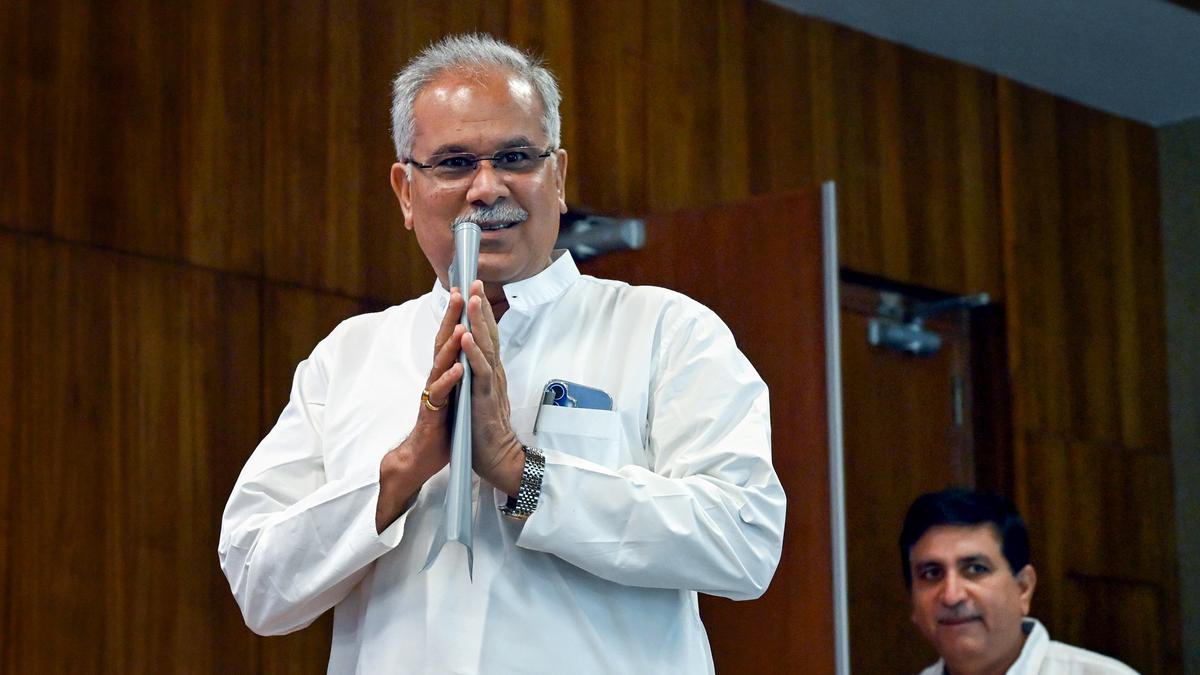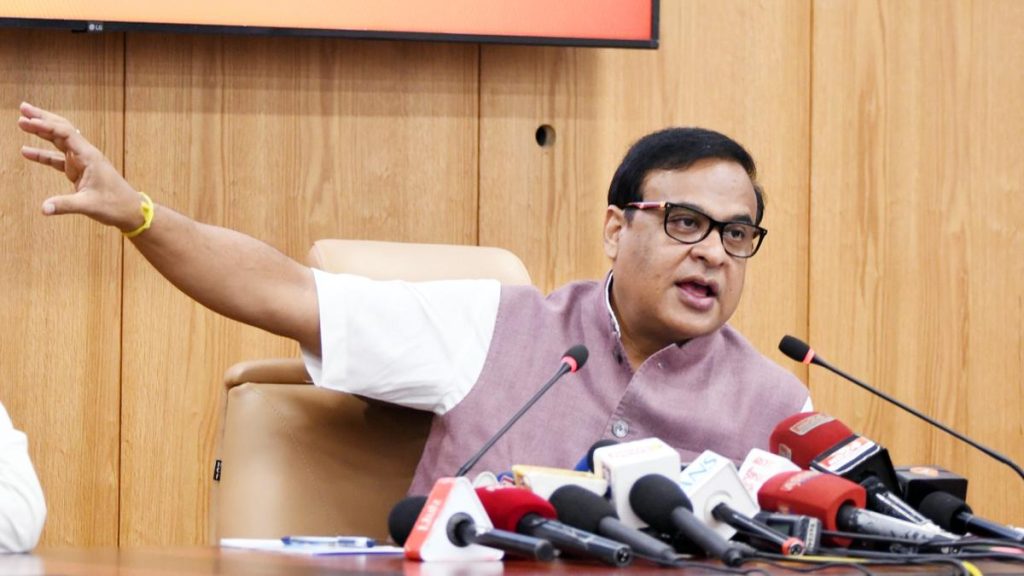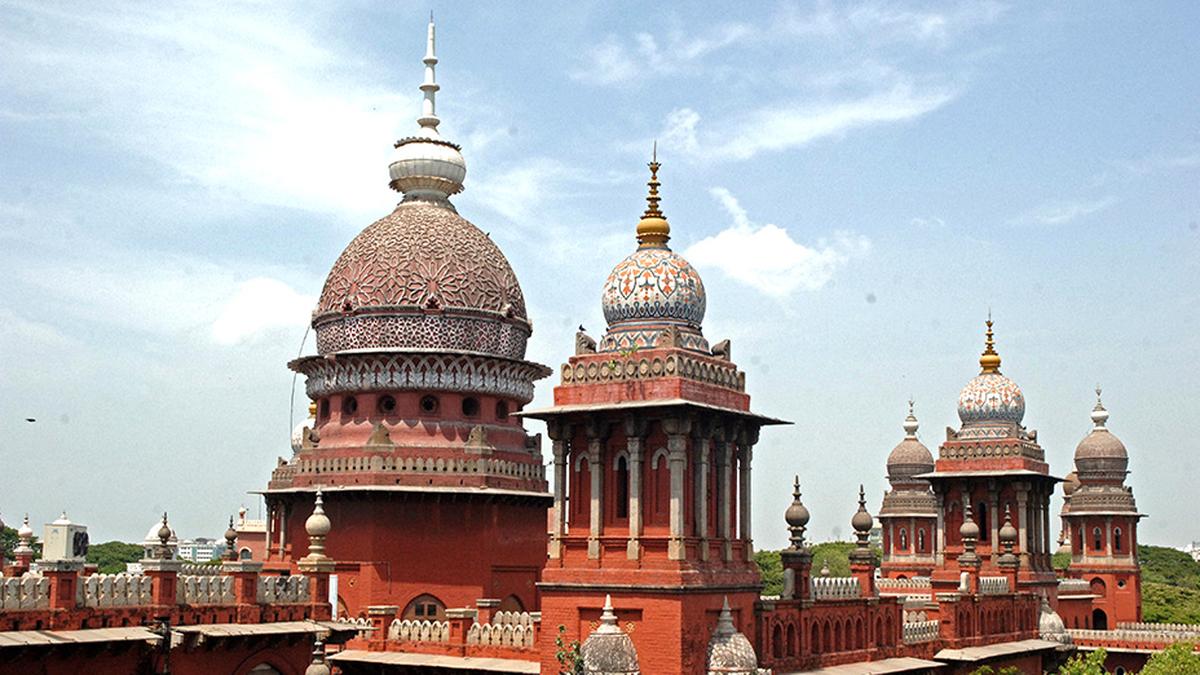Now Reading: Chhattisgarh: 30 Congress MLAs Suspended Over DAP Fertilizer Supply Protest
-
01
Chhattisgarh: 30 Congress MLAs Suspended Over DAP Fertilizer Supply Protest
Chhattisgarh: 30 Congress MLAs Suspended Over DAP Fertilizer Supply Protest

Swift Summary
- Suspension of MLAs: Thirty Congress members, including the Leader of Opposition adn a former Chief Minister, where suspended from the Chhattisgarh Assembly for a day on July 17, 2025.
- Reason for Suspension: The lawmakers protested alleging inadequacies in the supply of diammonium phosphate (DAP) fertilizer, disrupted proceedings, and refused to heed repeated requests to vacate the well of the House.
- Supply Data:
– Target: 3,10,000 MT set by the Center for kharif crop season.
– Supply plan (April-June): 2,19,100 MT issued; actual delivery till June 30 was only 1,08,155 MT.
– Current stock available: Total of 1,48,900 MT (including saved stock from rabi season).
- Shortage Acknowledged: State Agriculture Minister Ramvichar Netam confirmed that DAP shortages are occurring due to global factors. Nano DAP is being promoted as an alternative.
- Distribution Discrepancies Alleged:
– Congress claimed that private sellers were black-marketing fertilizer and charging high prices amidst shortages in cooperative societies.
– Distribution allocation stated by government: 64% to cooperatives and remainder to private sector.
- Immediate Efforts:
– Additional fertilizer shipments planned-18,885 MT promised by July 20; small allocations already underway. Constant coordination with central government continues.
Indian Opinion Analysis
This incident highlights critical concerns related to agricultural inputs in Chhattisgarh during peak planting season. Fertilizers like diammonium phosphate are vital for farmers’ livelihoods and food security. The acknowledged shortage underscores systemic challenges exacerbated by global disruptions impacting availability.
While efforts such as promoting nano fertilizers show adaptability on part of local governance structures amid constraints beyond their immediate control-it also points toward broader issues with dependency on imports or external supply factors for critical inputs like phosphatic fertilizers.
The political fallout reflects deep frustrations as opposition leaders criticize management shortfalls while accusing potential profiteering under conditions of scarcity-a serious charge requiring thorough examination if validated.
for India overall-which relies heavily on agriculture-the recurring visibility into sensitive policy areas like production planning vs actualized distribution across central-state mechanisms deserves sharper focus amidst long-term strategies combating supply-chain vulnerabilities globally affecting rural economies vulnerable firsthand at state-level implementations.
























